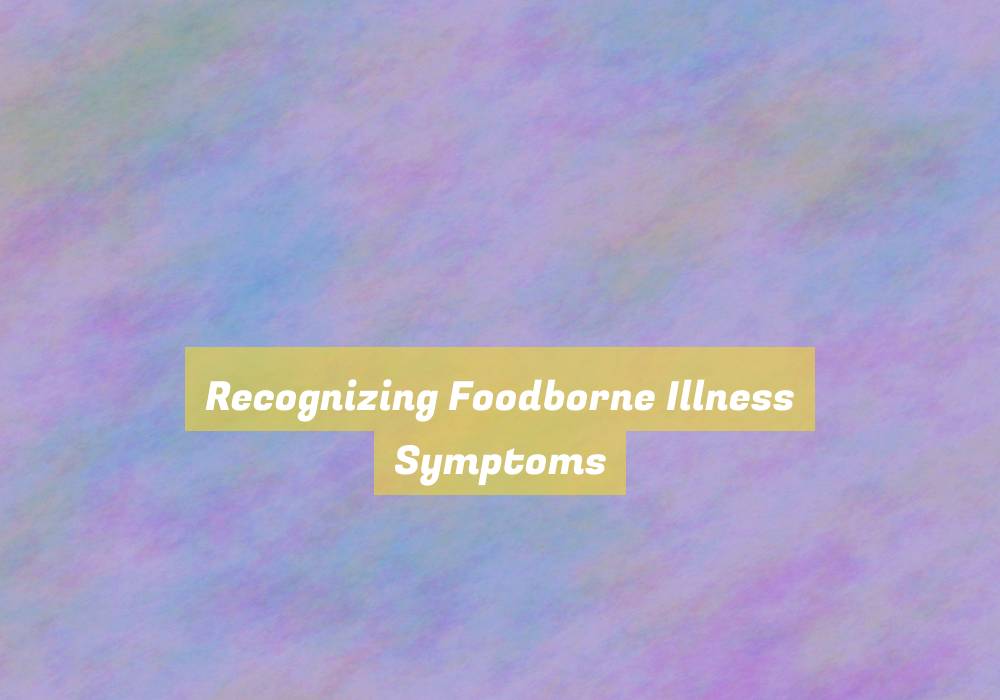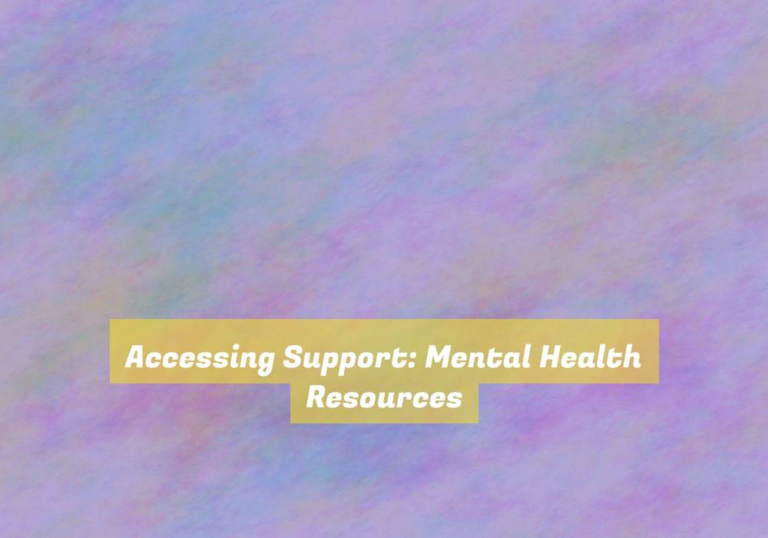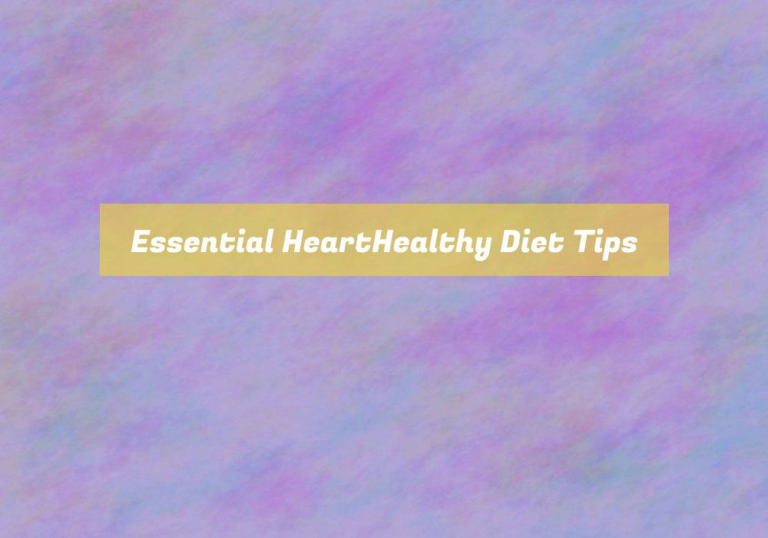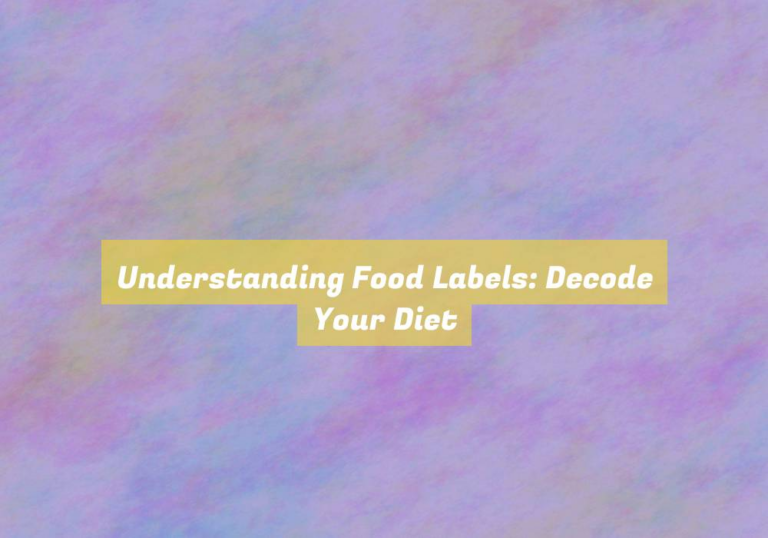Recognizing Foodborne Illness Symptoms
Have you ever felt like your stomach was doing acrobatics after a meal, or experienced a sudden bout of nausea and vomiting? These could be signs of a foodborne illness, and being able to recognize the symptoms is crucial for your health.
But what exactly are the symptoms of foodborne illness, and how can you distinguish them from a regular upset stomach or flu? LetG??s explore this important topic to help you safeguard yourself and your loved ones from potential health risks.
Common Symptoms of Foodborne Illness
If you experience nausea, vomiting, diarrhea, or stomach cramps after consuming food, you may be exhibiting common symptoms of foodborne illness. These symptoms can be quite uncomfortable and are often the bodyG??s way of trying to rid itself of harmful bacteria or other pathogens that may have been ingested through contaminated food. Nausea and vomiting are the bodyG??s way of expelling the toxins, while diarrhea and stomach cramps are the bodyG??s attempt to flush out the harmful substances.
ItG??s important to note that the onset of these symptoms can vary depending on the type of pathogen involved and the amount consumed. For some people, symptoms may appear within hours of consuming contaminated food, while for others, it may take days.
If you suspect that you have a foodborne illness, itG??s crucial to stay hydrated and seek medical attention if the symptoms are severe or prolonged. In some cases, foodborne illnesses can lead to serious complications, especially for vulnerable populations such as the elderly, young children, and individuals with weakened immune systems. Therefore, itG??s important to be vigilant and seek medical care if you experience these symptoms after consuming food.
High-Risk Foods and Contaminants
High-risk foods and contaminants can pose a significant threat to your health if proper food handling and preparation measures arenG??t followed diligently. Foods such as raw or undercooked meat, poultry, eggs, unpasteurized dairy products, and seafood are particularly susceptible to contamination. These high-risk foods can harbor harmful bacteria, viruses, parasites, and toxins that can cause foodborne illnesses if not handled and cooked properly.
Contaminants can also come from various sources, including cross-contamination from raw foods to ready-to-eat foods, improper storage temperatures, and poor hygiene practices. For instance, cutting boards and utensils used for raw meat shouldnG??t be used for ready-to-eat foods unless theyG??ve been thoroughly cleaned and sanitized. Additionally, storing perishable foods at the correct temperature and washing hands frequently while handling food can help prevent contamination.
To minimize the risk of foodborne illnesses, itG??s crucial to handle and prepare high-risk foods with utmost care. This includes cooking foods to their recommended internal temperatures, avoiding cross-contamination, and practicing good hygiene throughout the food preparation process. By being vigilant about these measures, you can reduce the likelihood of consuming contaminated high-risk foods and protect yourself from foodborne illnesses.
When to Seek Medical Attention
Seek medical attention promptly if you experience severe symptoms of foodborne illness, such as high fever, persistent vomiting, or bloody diarrhea. These signs could indicate a more serious condition that requires immediate medical care.
Additionally, if you belong to a high-risk group, such as young children, older adults, pregnant women, or individuals with weakened immune systems, itG??s crucial to seek medical attention at the first sign of foodborne illness.
Furthermore, if your symptoms worsen or donG??t improve after a few days, itG??s important to consult a healthcare professional.
ItG??s essential to recognize the potential severity of foodborne illnesses and not hesitate to seek medical help when necessary. Delaying medical attention in such cases can lead to dehydration, complications, or prolonged discomfort.
Remember that your health is a priority, and seeking timely medical care can prevent the escalation of foodborne illness symptoms and aid in a quicker recovery. If in doubt, itG??s always better to consult a healthcare provider to ensure proper diagnosis and treatment.
Prevention and Food Safety Tips
To ensure food safety and prevent foodborne illness, follow these essential guidelines and practices for handling, preparing, and storing food.
Always wash your hands with soap and water before and after handling food, especially raw meat, poultry, seafood, and eggs.
Keep raw and cooked foods separate to prevent cross-contamination, and use separate cutting boards and utensils for raw meats.
Cook foods to their recommended internal temperatures using a food thermometer to ensure that harmful bacteria are destroyed.
Refrigerate perishable foods promptly and within two hours of cooking or purchasing. Ensure your refrigerator is set at 40-?F (4-?C) or below and your freezer at 0-?F (-18-?C) or below.
Thaw frozen foods safely in the refrigerator, in cold water, or in the microwave, but never at room temperature.
When in doubt, throw it outG??discard any food that looks or smells questionable.
Finally, be mindful of expiration dates and storage guidelines on food packaging.
Conclusion
So, if you start to feel any of these symptoms after eating, remember to seek medical attention if they become severe.
And always be cautious of high-risk foods and contaminants.
By following food safety tips, you can prevent foodborne illness and keep yourself and your loved ones healthy.
Stay informed and take care of yourself!







